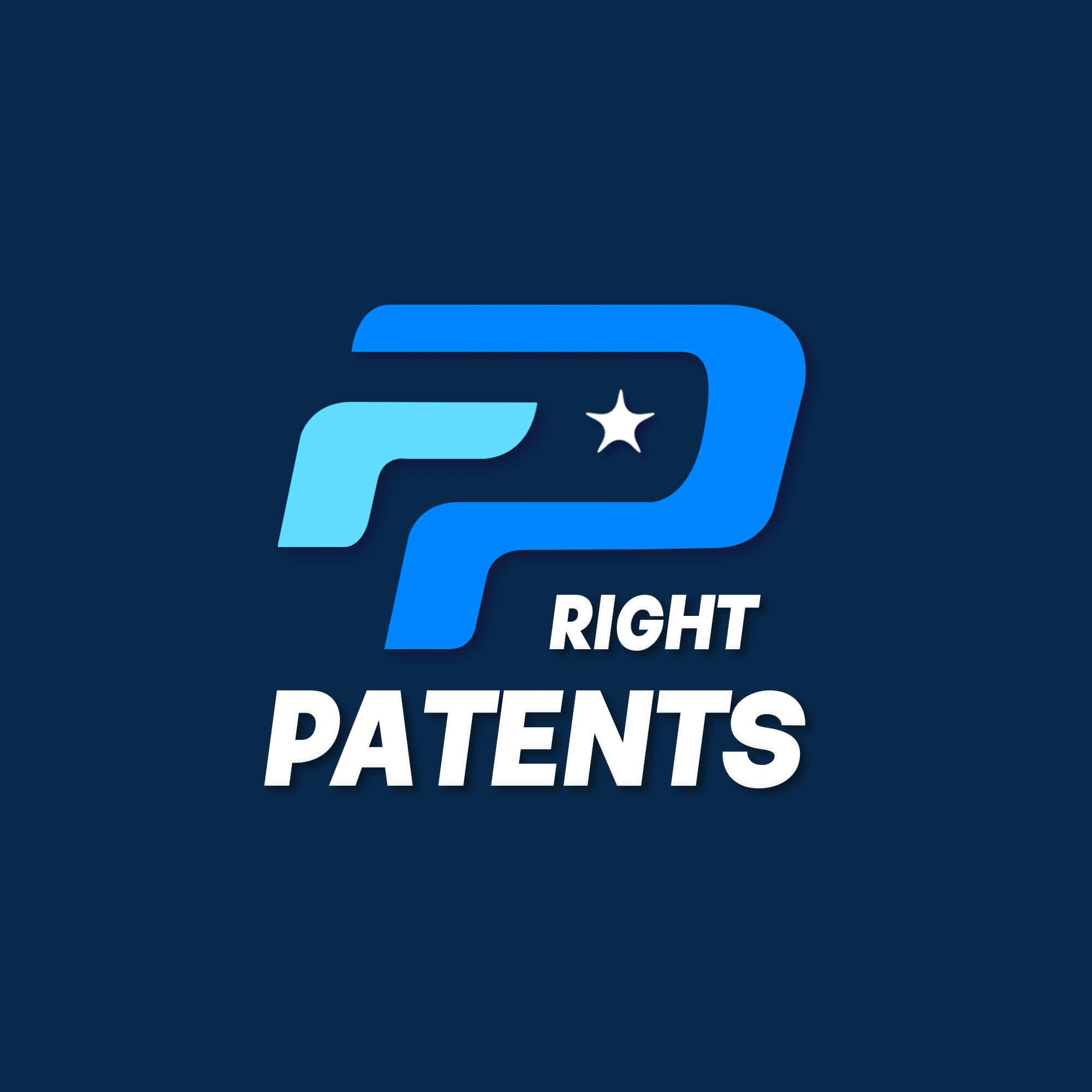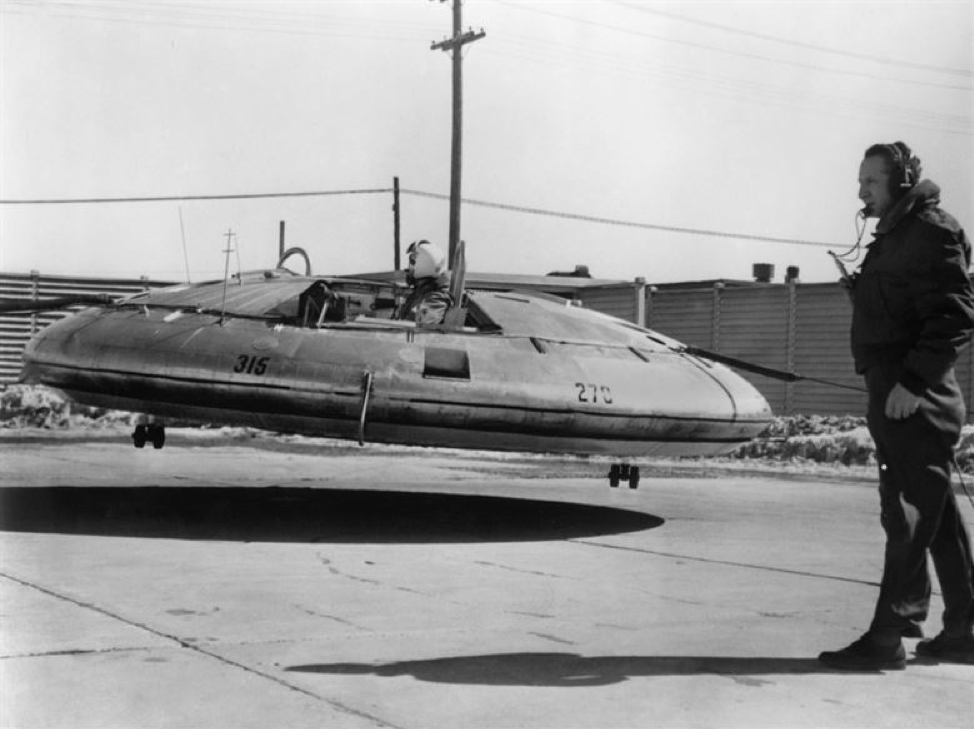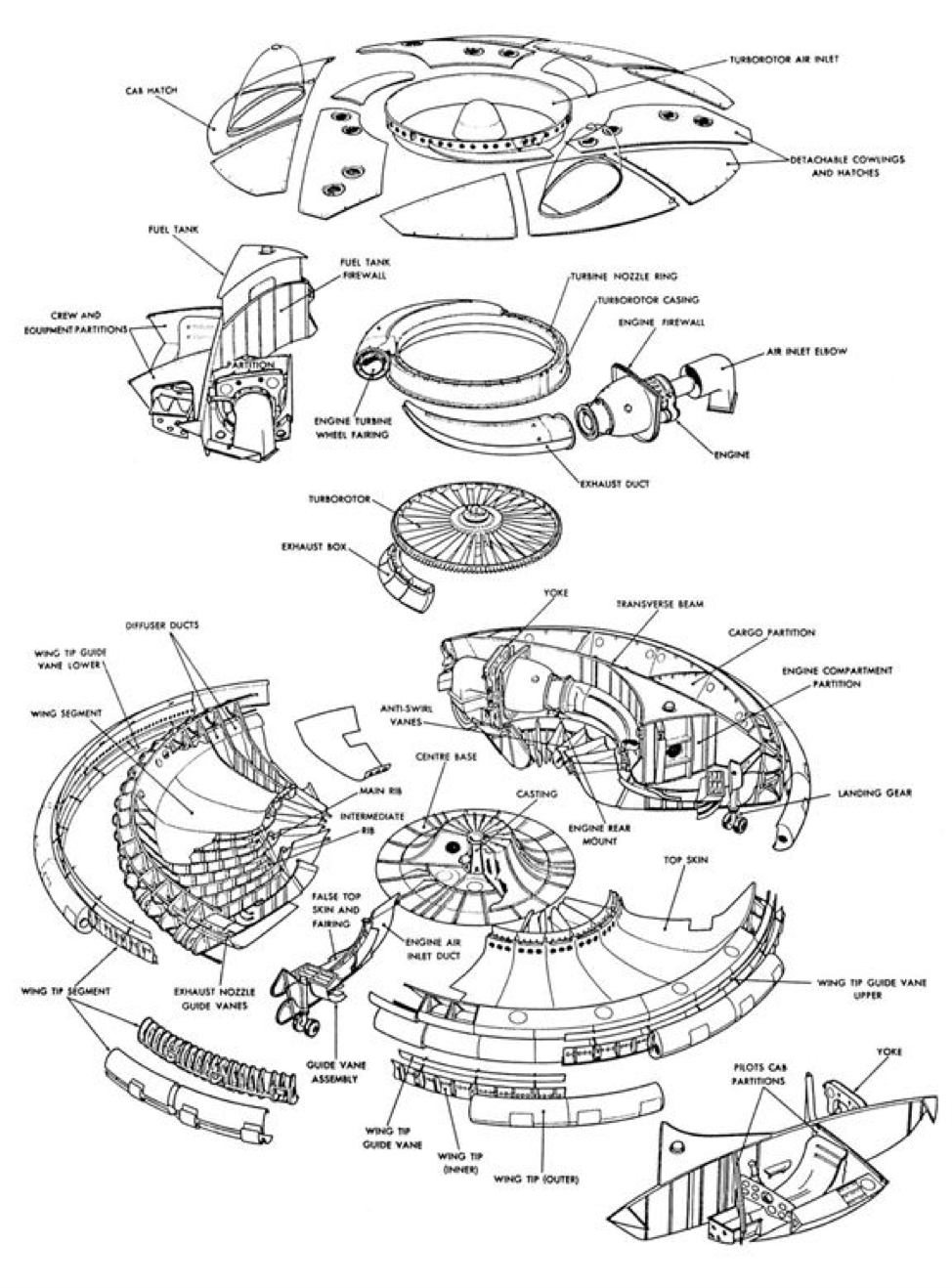Patent disclosure with Patent Drawings is typically a part of the patenting process that indicates how to make the product or invention.
Under US patent law, if an invention can be showing with a patent drawing or illustration, then at least one is required.
According to the Manual of Patent Examining Procedures,
drawings shall be required when they are necessary for the understanding of the invention.
(2) Where, without being necessary for the understanding of the invention, the nature of the invention admits of illustration by drawings:
(i) the applicant may include such drawings in the international application when filed.
(ii) any designated Office may require that the applicant file such drawings with it within the prescribed time limit.
Flow charts and diagrams are also considered patent “drawings.”
No Scribbles Accepted
A proper patent drawing can’t just be a scribble on the back of an envelope – though many inventions start out that humbly.
To be accepted by the US Patent Office, patent illustrations must meet a long list of physical requirements.
For example, as the Manual describes,
- The drawings shall not contain text matter, except a single word or words, when absolutely indispensable, such as “water,” “steam,” “open,” “closed,” “section on AB,” and, in the case of electric circuits and block schematic or flow sheet diagrams, a few short catchwords indispensable for understanding.
- Drawings shall be executed in durable, black, sufficiently dense and dark, uniformly thick and well-defined, lines and strokes without colorings.
- Cross-sections shall be indicated by oblique hatching which should not impede the clear reading of the reference signs and leading lines.
- The scale of the drawings and the distinctness of their graphical execution shall be such that a photographic reproduction with a linear reduction in size to two-thirds would enable all details to be distinguished without difficulty.
Get error-free patent drawings in 4-6 days. Free Unlimited Revisions. Price starts at $30.
These requirements serve several purposes:
- They make things as clear as possible for patent examiners.
- They make it possible for patent drawings to be clearly reproduced on paper or shown on computer screens.
- They allow others to use the patent illustrations like a technical manual so they can actually make or practice the invention.
As stated in 37 CFR 1.71, a patent application
must include a written description of the invention or discovery and of the manner and process of making and using the same, and is required to be in such full, clear, concise, and exact terms as to enable any person skilled in the art or science to which the invention or discovery appertains, or with which it is most nearly connected, to make and use the same.
The Patent Monopoly
Essentially, the inventor is “trading” these detailed instructions (which may benefit the public for generations to come) for the limited government-granted monopoly over the patented invention during its term.
Because the patent drawing requirements are so detailed and complex, and because doing drawings for patent applications requires a high level of specialized technical skill, most patent lawyers and inventors use professional patent illustration firms rather then trying to do the drawings on their own.
As the saying goes, “a picture is worth a thousand words” – especially when it comes to patent drawings. Concepts that may be difficult or impossible to explain in words alone may become crystal clear when presented graphically in a patent illustration.
The Patent Drawing Safety Net
Patent drawings can also serve as a sort of “safety net” or second chance if the written part of a patent application isn’t as clear or thorough as it should be.
A drawing in a provisional patent application (PPA) can “save” you when it comes time to file a non-provisional application:
I’ve learned that if you show something in the drawings section of your PPA that you forgot to describe in your write-up, you can still include it in your non-provisional patent application. (If you don’t include something in your PPA, it can’t be added later. You can file another PPA, but that will change your priority date.)
If some aspect of an invention isn’t stated in words, but it is shown in a patent illustration, that drawing is still considered part of the disclosure and can be used to support the patent claims.
More Patent Drawings Are Better
Thus, it’s always better to include more patent drawings rather than fewer, showing an invention from every angle, in cross-sections, and in an “exploded view” when applicable to clarify how all the parts fit together.
For example, here’s an illustration of the Avrocar — a prototype supersonic, vertical takeoff and landing (VTOL) fighter-bomber from the early 1950s that looked like a flying saucer.
And here’s an “exploded” view:
And here’s the actual vehicle, in the National Museum of the US Air Force:
With good patent illustrations, you increase the odds that your patent will be granted – so that your business can take off like an Avcrocar!=
Learn More about Expanding Your Patent Claims with Professional Patent Drawings
To know more about our services and pricing, please send us an email at info@sh012.global.temp.domains or call us at +1-917-508-8816.




